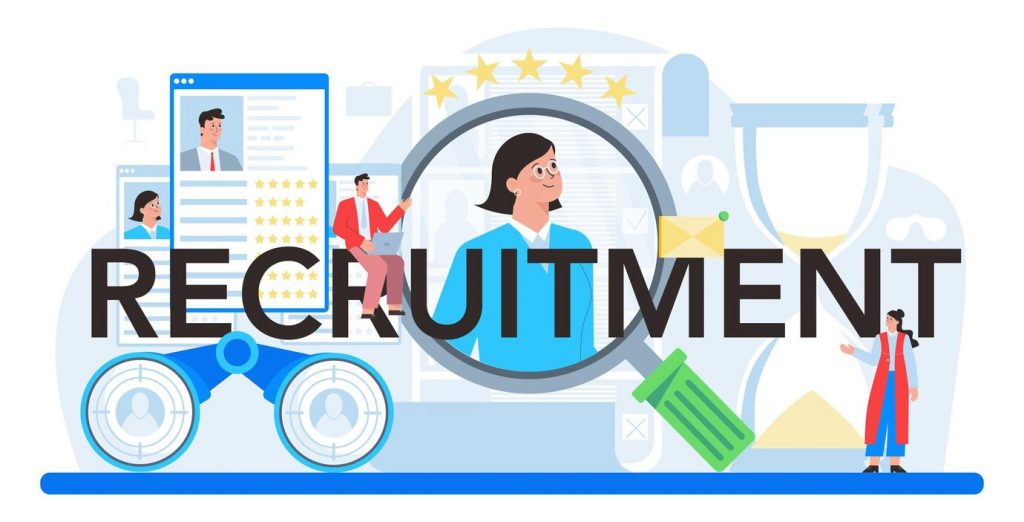TL;DR
- AI is here to automate noisy tasks, not to replace recruiters.
- Bias lives in data, not in the algorithm, and audits plus clean datasets keep the hiring slate fair.
- Candidates actually like chatbots when the bots provide fast feedback and transparent updates.
- You do not need a PhD in data science to run an AI platform because modern tools plug into your ATS in a single afternoon.
- Legal compliance is achievable with audit logs, explainability features, and periodic fairness checks.
- AI hiring is affordable for SMBs thanks to pay‑per‑seat and usage‑based pricing.
- The tech is not a silver bullet, but it is also not a Pandora’s box. Adopt it with governance and you get the upside without the chaos.
1. Introduction: Why These Myths Linger Like Last Week’s Fish Curry
Break‑room folklore has always been strong. From “the office Wi‑Fi is spying on us” to “HR screens social posts from your teenage years,” rumours spread faster than free cupcake alerts. Artificial intelligence in hiring is the latest topic that sparks hot takes and panicked whispers. In this article, we shine daylight on seven myths still circulating among otherwise savvy HR pros. Get ready for myth busting served with a side of data and a healthy sprinkle of sarcasm.
2. Foundations: How AI Really Fits into Modern Hiring
Before debunking, let us align on what AI means in the recruitment context. We are talking about natural‑language résumé parsing, skills‑based matching, predictive analytics for retention likelihood, video interview insights, and chatbots that handle scheduling faster than you can finish your espresso. These systems plug into applicant‑tracking software, learn from outcomes, surface patterns faster than any spreadsheet marathon, and free people up for higher‑order tasks like relationship building and employer branding.
Key truth points:
Complement, not replacement: Recruiters still make final calls, craft offers, and nurture candidate relationships.
Garbage in, garbage out: Clean, representative data is vital for unbiased outputs.
Audit trails: Modern platforms log every decision input so compliance teams can trace why an applicant was recommended or rejected.
With that baseline, let us face down each myth.
3. Myths 1 to 3: Job‑Stealing Robots, Bias Monsters, and Candidate Horror Stories
Myth 1: “AI will steal my recruiter job.”
Reality: AI handles grunt work such as résumé triage, screening questions, calendar ping‑pong, and note transcription. Recruiters then invest saved hours in strategic sourcing, personalised outreach, and high‑touch negotiation. Early adopters report reclaiming one workday per week for value‑add tasks.
Myth 2: “Algorithms lock us into bias.”
Reality: Bias originates in historical data, not in the math itself. Well‑designed systems use diverse training sets, anonymised profiles during early screening, and continuous fairness checks. Companies that layered AI with structured interviews saw double‑digit diversity gains in six months.
Myth 3: “Candidates hate chatbots and ghosting will rise.”
Reality: Chatbots actually reduce ghosting by sending real‑time updates rather than radio silence. Candidate satisfaction scores improved when response times dropped from days to minutes. Remember, candidates dislike being ignored more than talking to a bot.
Myth 4: “You need a PhD to run an AI platform.”
Reality: Modern vendors like JobTwine integrate via API keys or marketplace apps. Configuration screens resemble consumer apps more than command‑line consoles. Power‑user training sessions run two hours, not two semesters.
Myth 5: “Regulators will fine us into oblivion.”
Reality: Regulations such as NYC Local Law 144 require bias audits and transparency, which reputable tools already provide. Audit dashboards export evidence in a few clicks. Being proactive with documentation is simpler than manually justifying thousands of human screening decisions.
Myth 6: “Only deep‑pocketed enterprises can afford AI.”
Reality: Cloud pricing has flipped that script. SMBs pay per recruiter seat or per hiring event. Cost‑per‑hire drops about thirty percent within the first quarter, easily offsetting subscription fees.
Myth 7: “AI hiring is a temporary trend that will fade.”
Reality: Adoption curves show the opposite. Gartner predicts that over eighty‑five percent of talent teams will use some AI component by 2026. The technology is maturing from hype to hygiene—similar to how CRMs moved from nice‑to‑have to table stakes in sales.
6. A Quick‑Start Reality Check: Steps to Bust Myths in Your Org
Run a data hygiene sprint: Deduplicate job titles, add missing skills tags, and anonymise sensitive fields.
Pilot with one role family: Choose a repetitive, high‑volume job type to measure speed and quality improvements.
Set fairness metrics: Track demographic proportions at each funnel stage.
Educate stakeholders: Share dashboards with hiring managers; host a myth‑busting lunch‑and‑learn.
Review and iterate: Quarterly audits keep the model in line with evolving talent needs.
7. Conclusion: Replace Whispers With Informed Action
Myths flourish in information vacuums. By checking the facts, running small pilots, and measuring outcomes, HR pros can stop whispering and start leading. Artificial intelligence is not a magic wand, but neither is it the bogeyman of break‑room lore. Treat it as a power tool: read the instructions, wear goggles, and build something faster and better than before.
8. FAQ:
Question | Short Answer |
Does AI really cut time‑to‑hire? | Yes: case studies show up to ninety‑percent faster screening cycles. |
Will AI replace the human touch? | No: It frees humans to focus on empathy‑driven parts of hiring. |
How much does it cost? | Plans range from pay‑per‑seat to per‑hire, often paying for themselves within one senior hire. |
Is bias completely eliminated? | No system is perfect, but audits and diverse data dramatically reduce bias compared with purely human screening. |
What first step should I take? | Clean your data, then pilot an AI résumé parser on one high‑volume role. |



